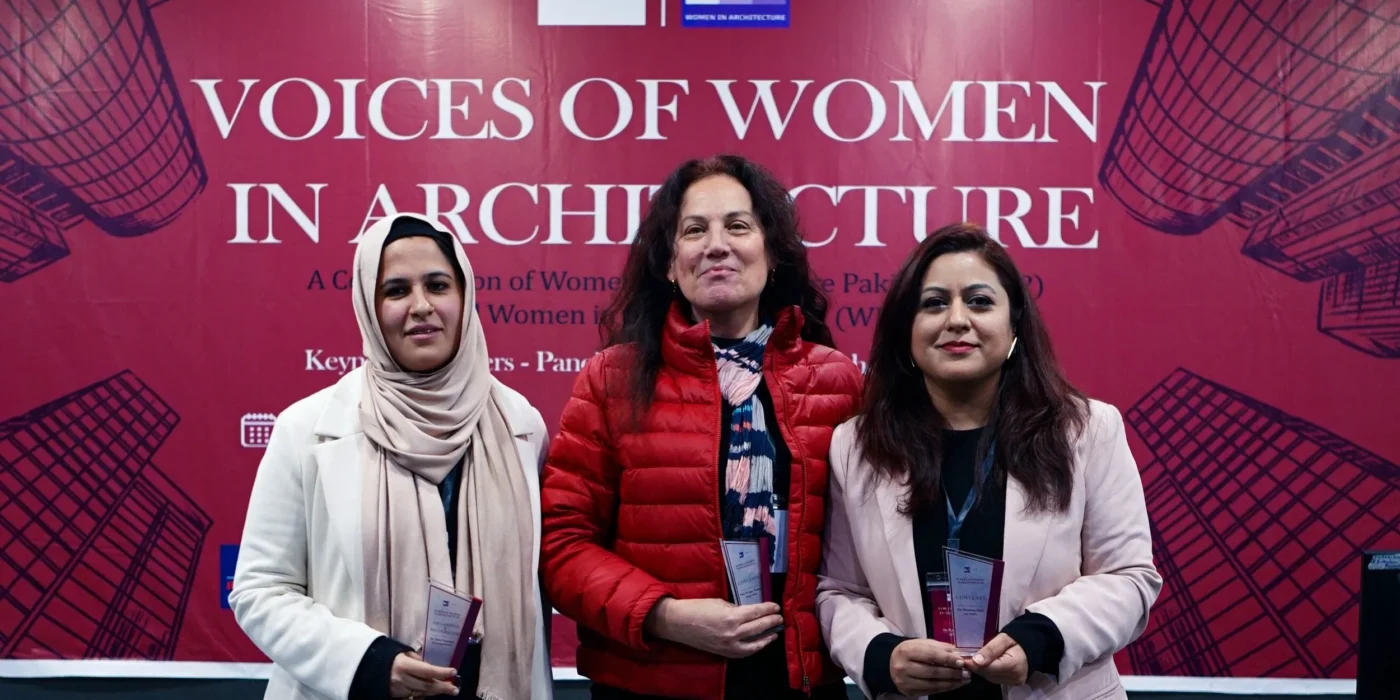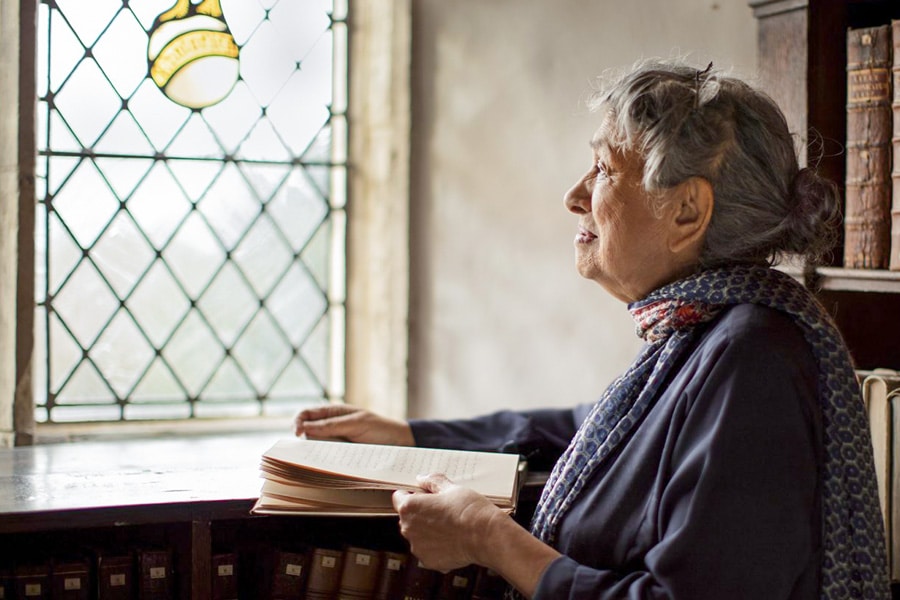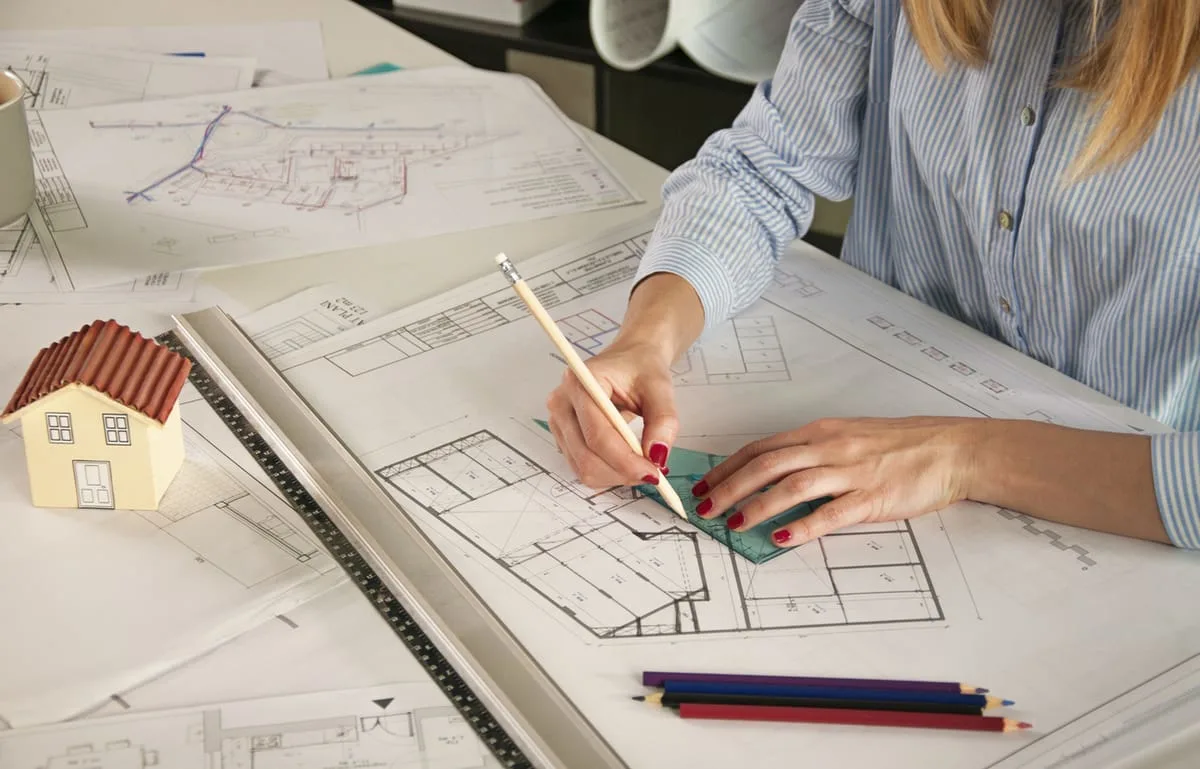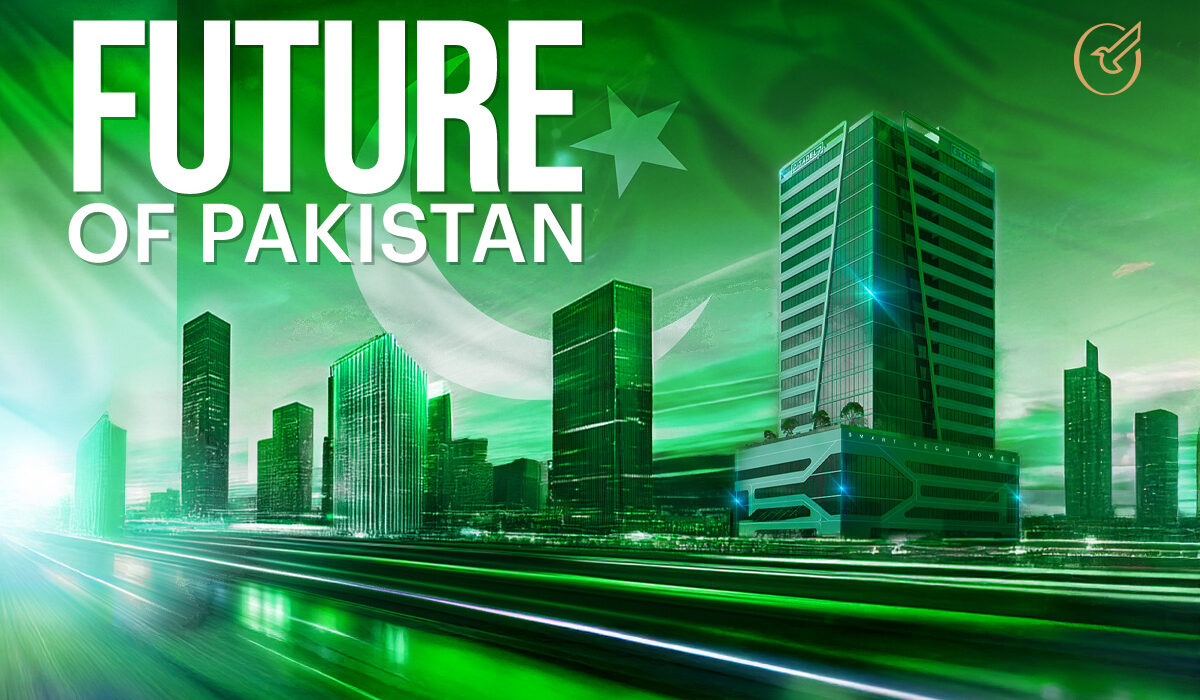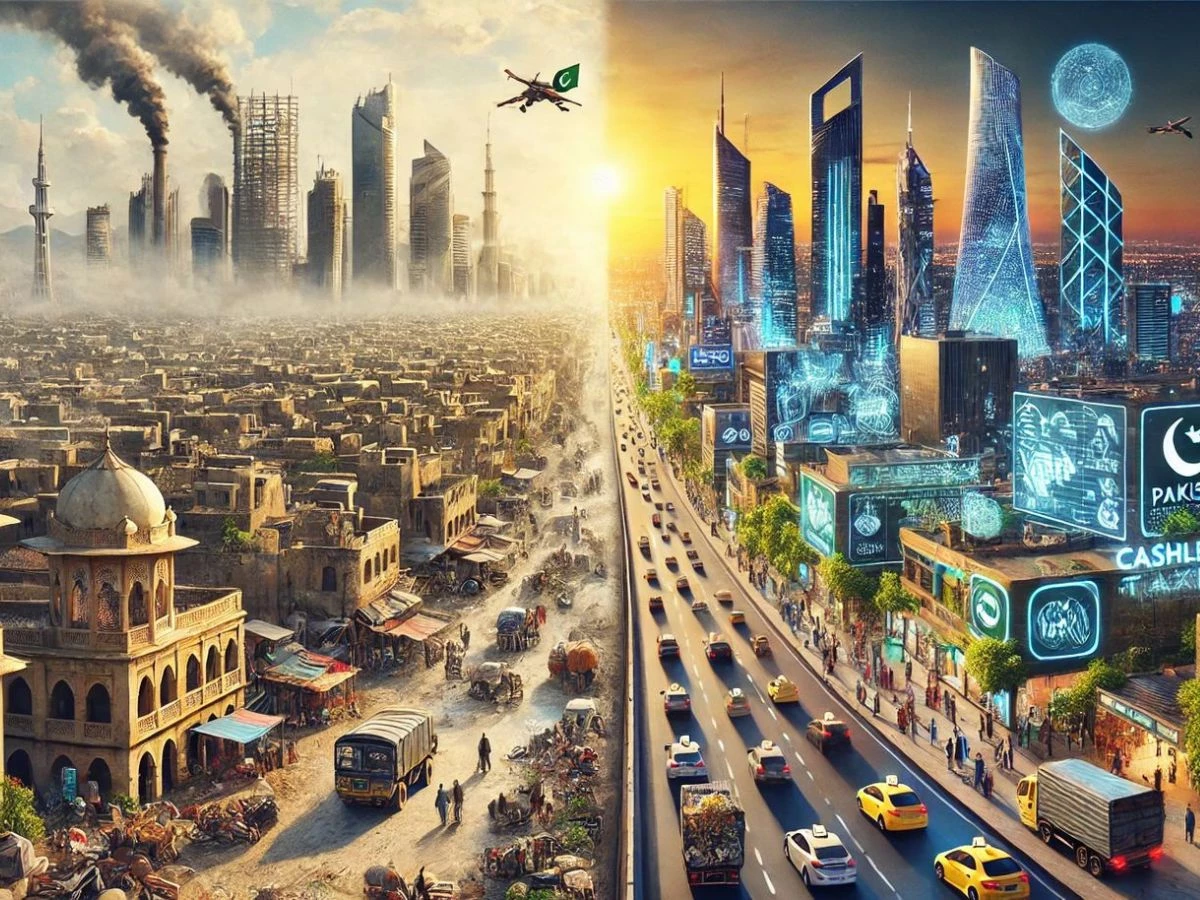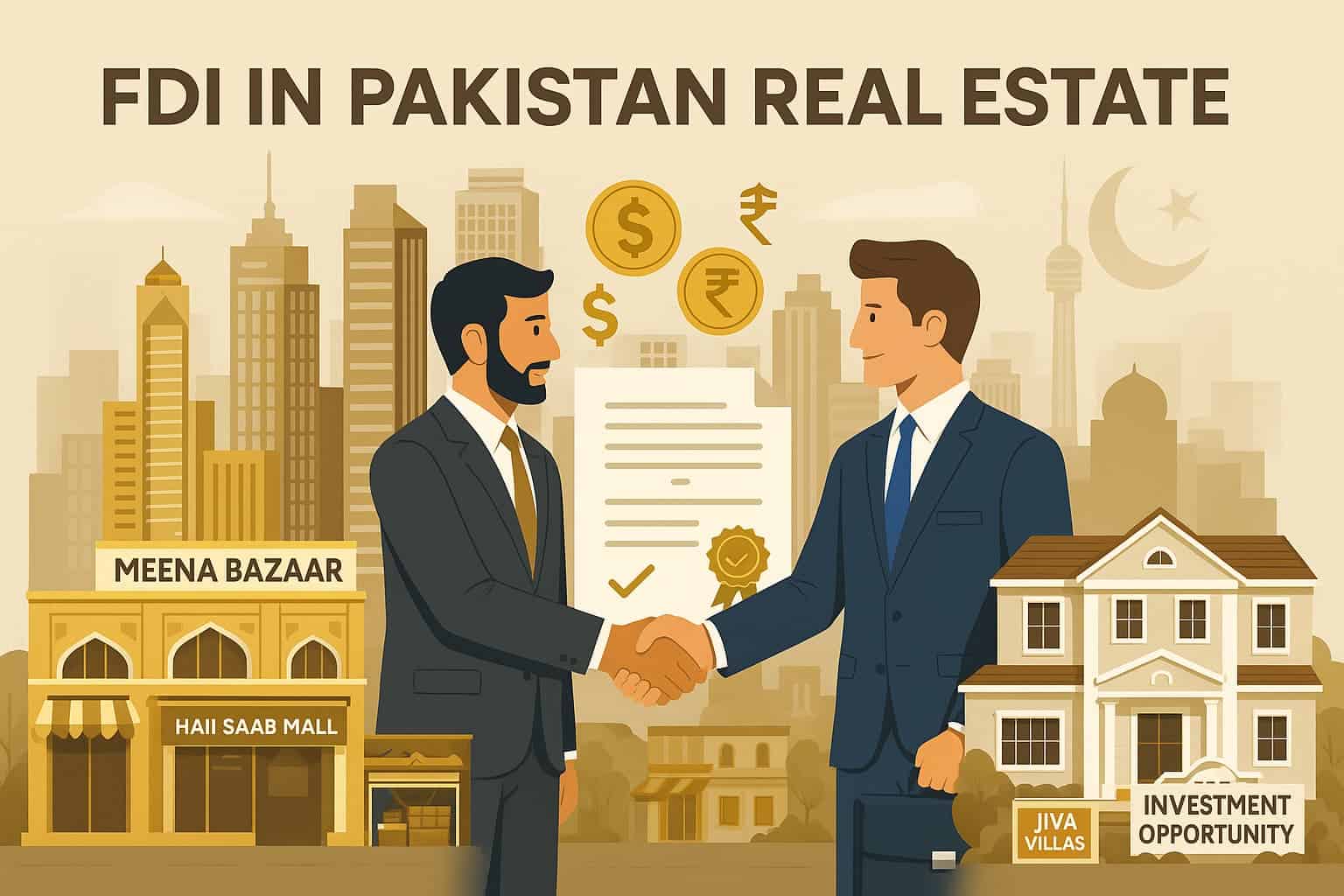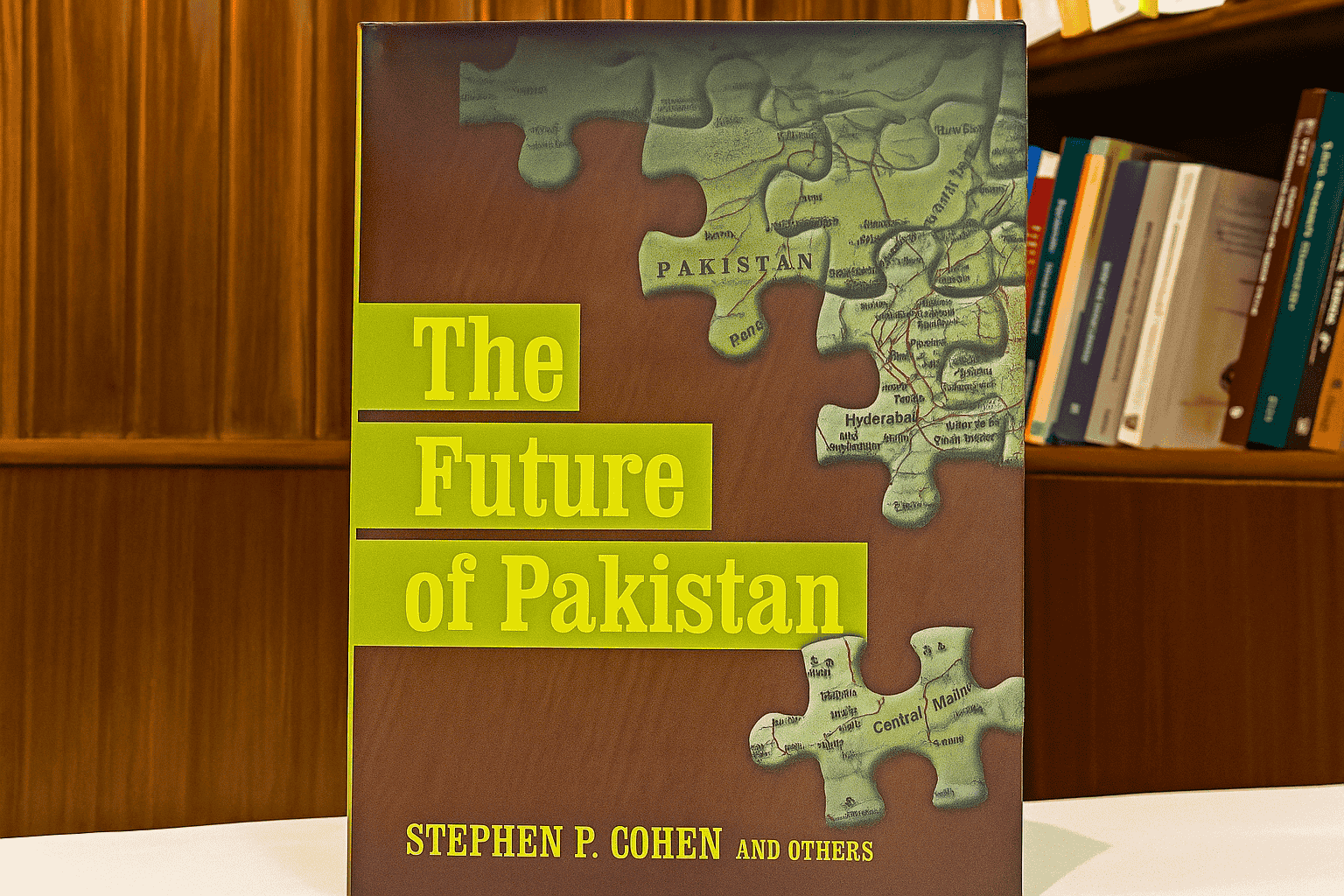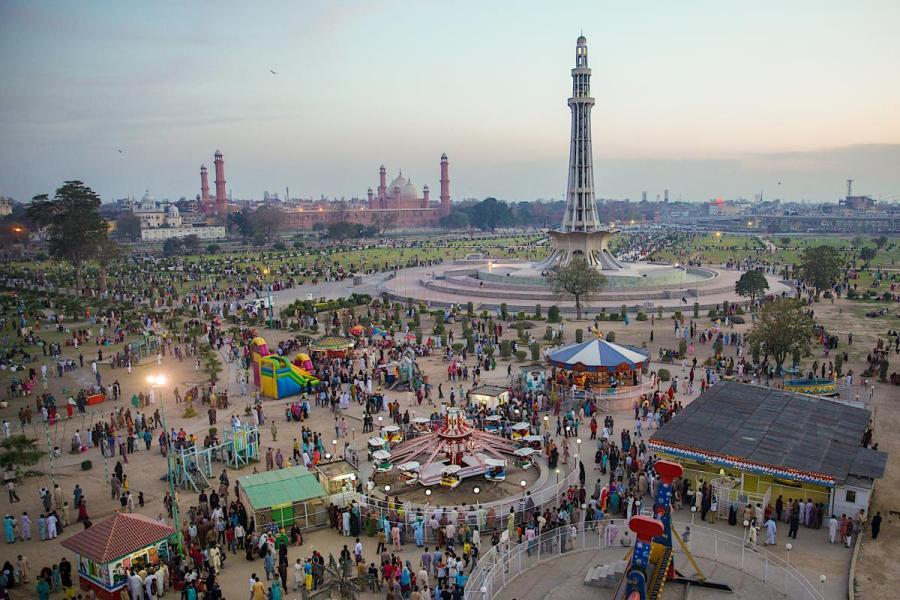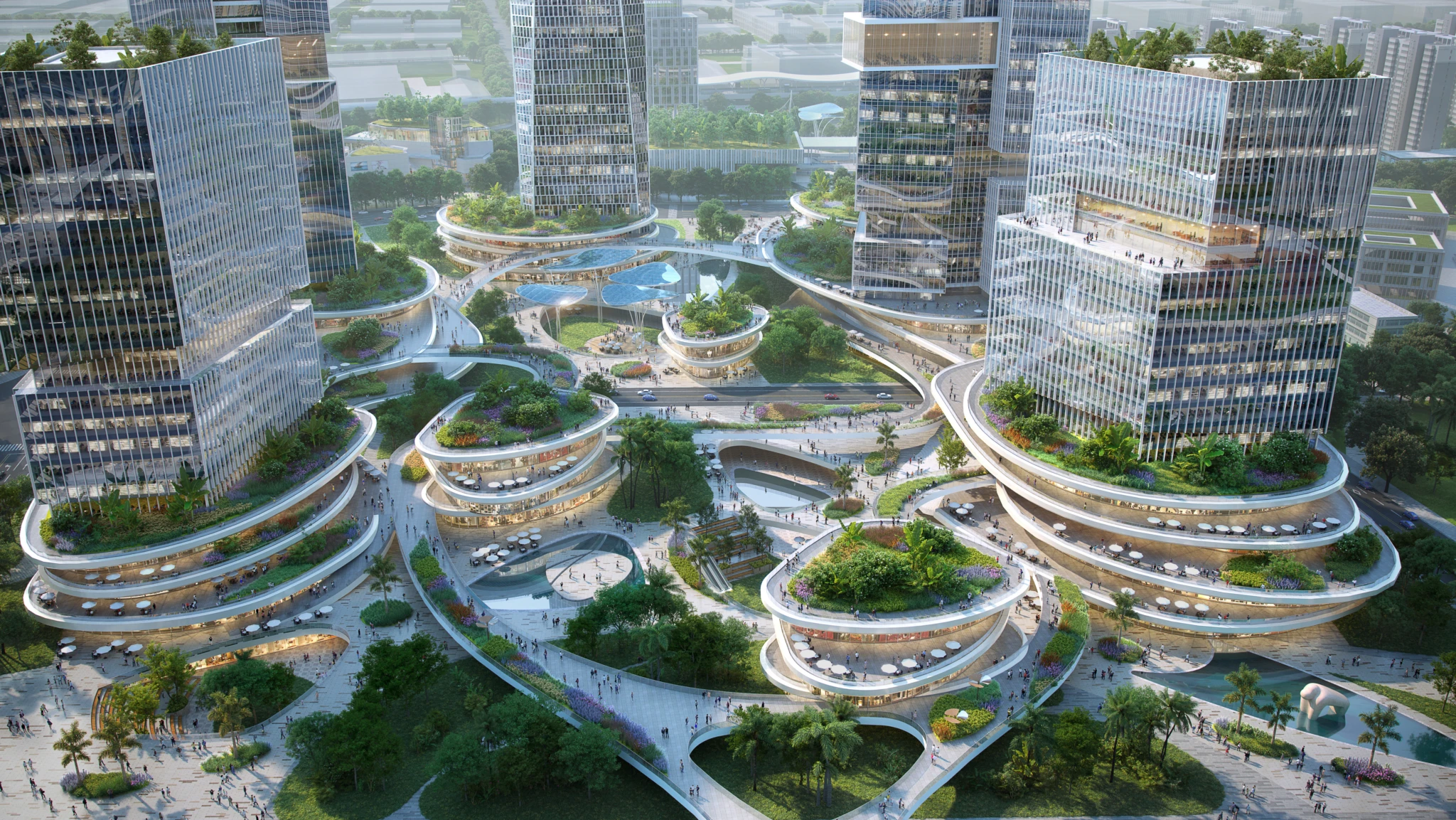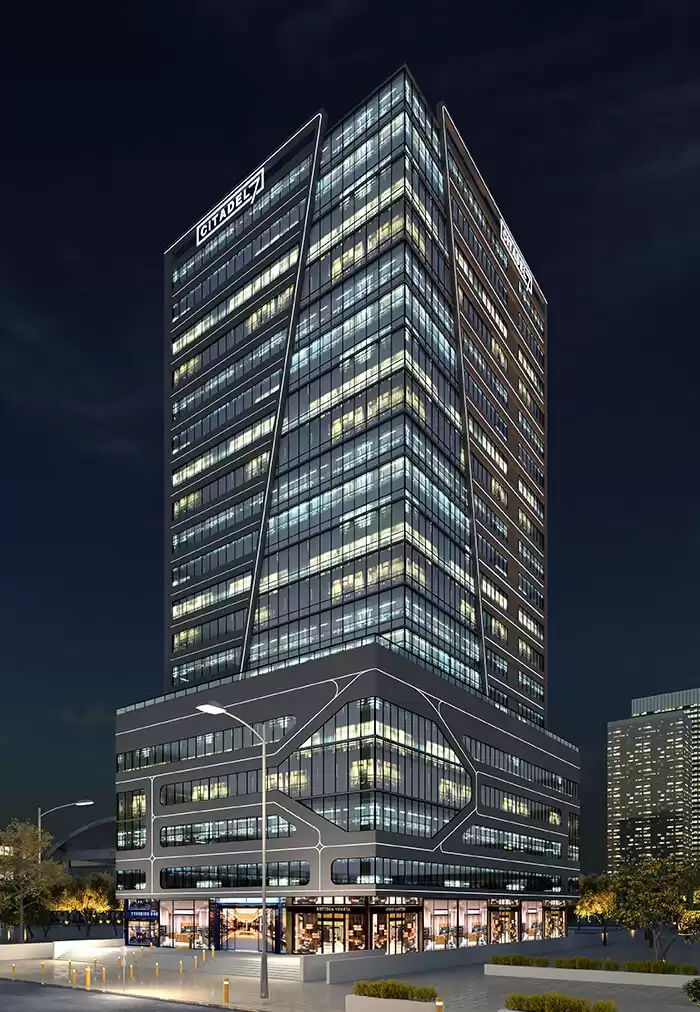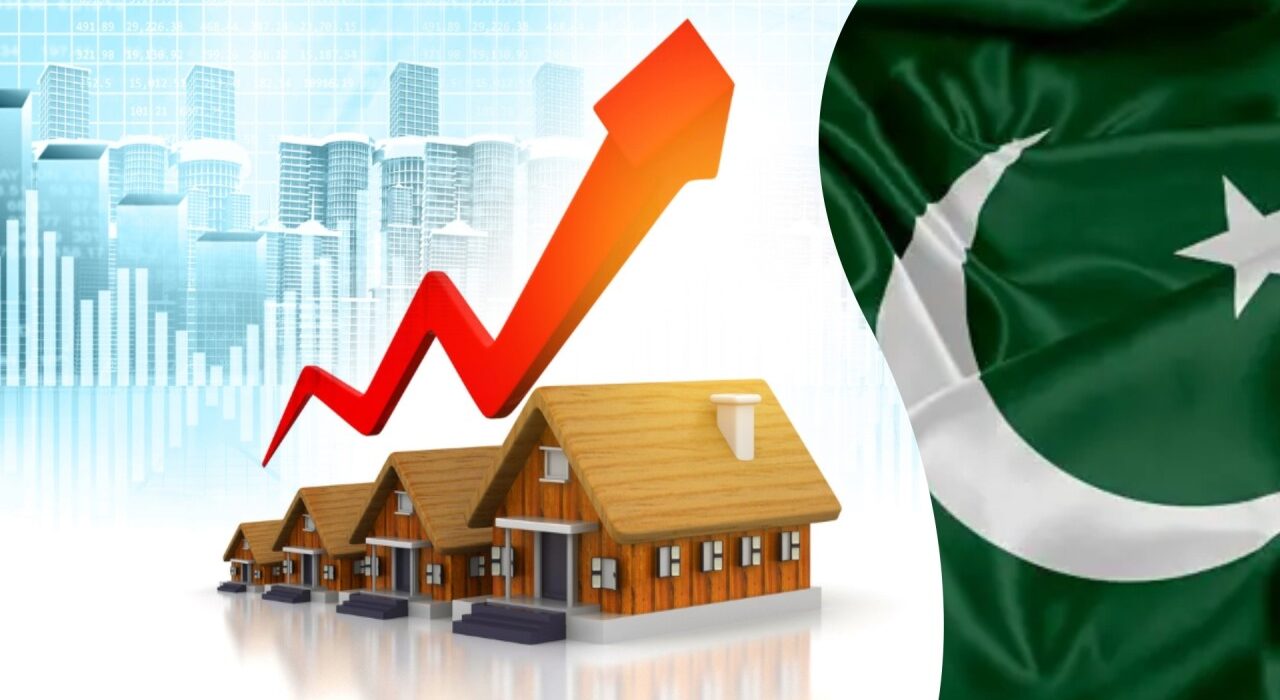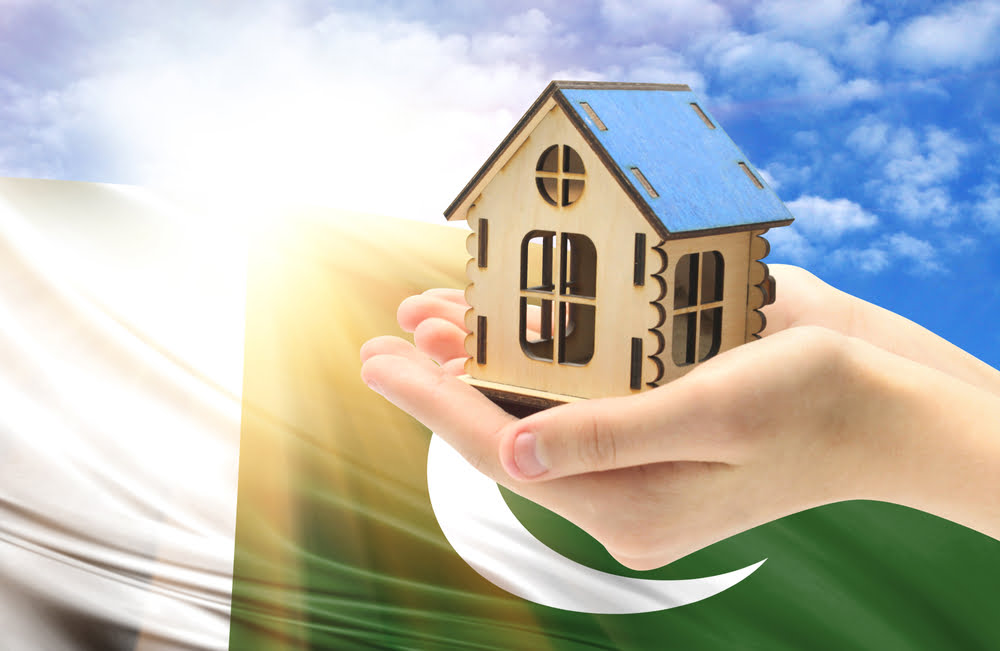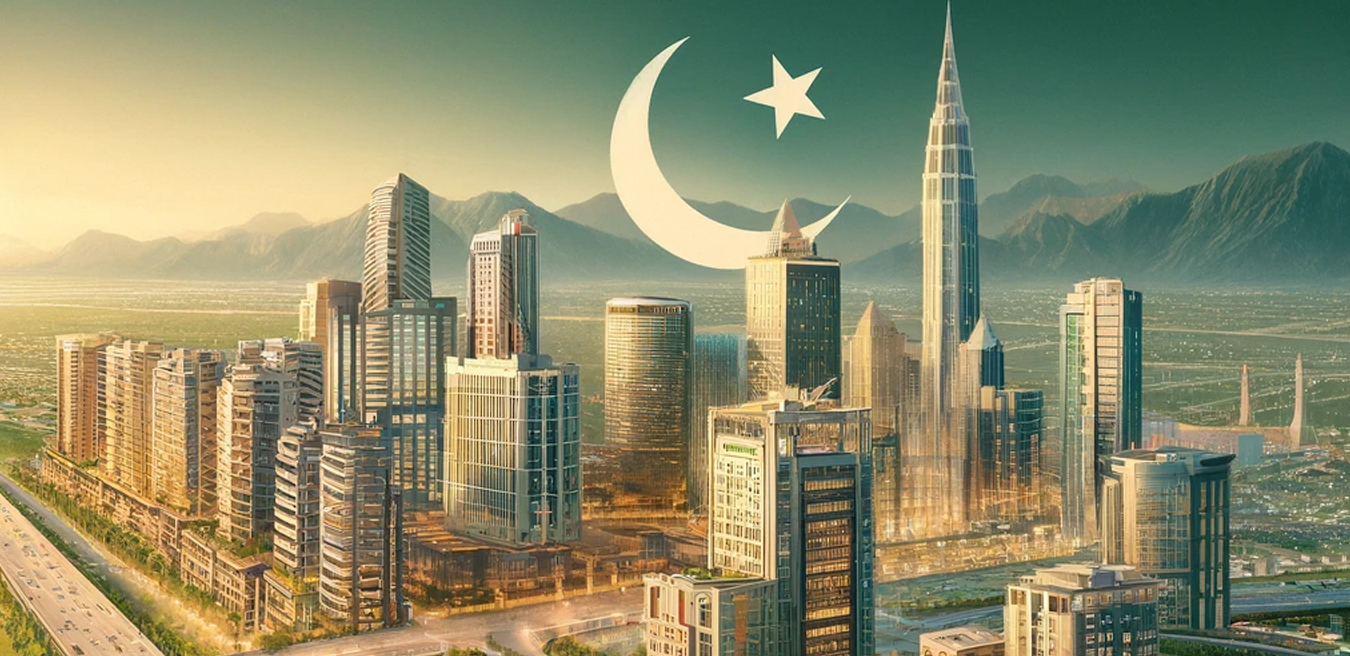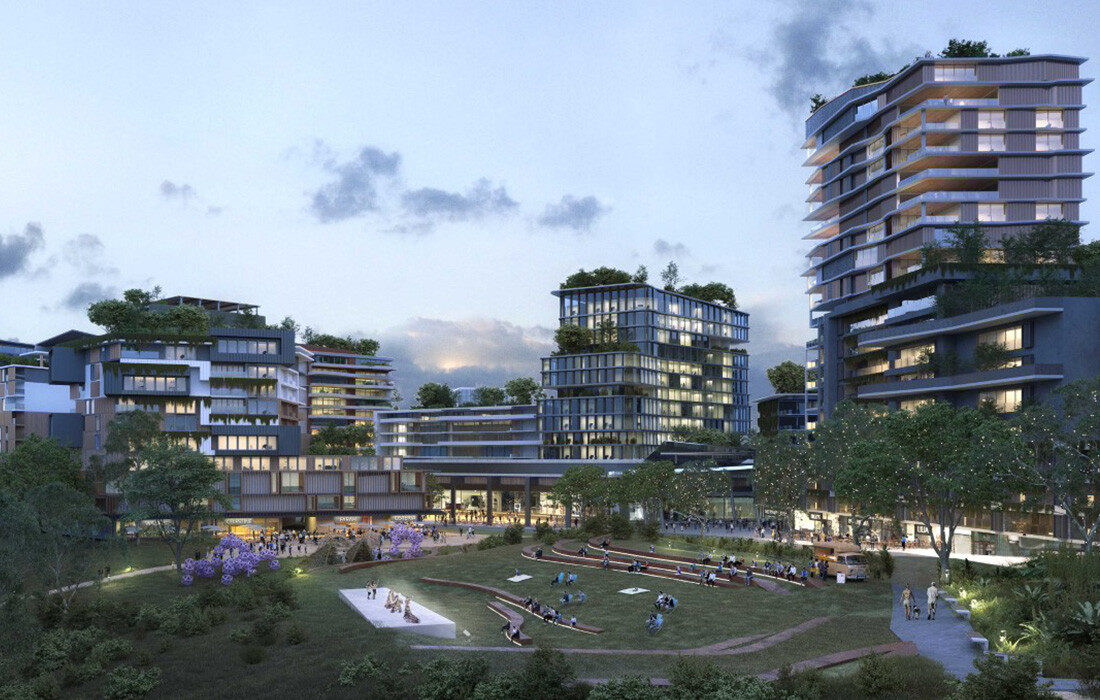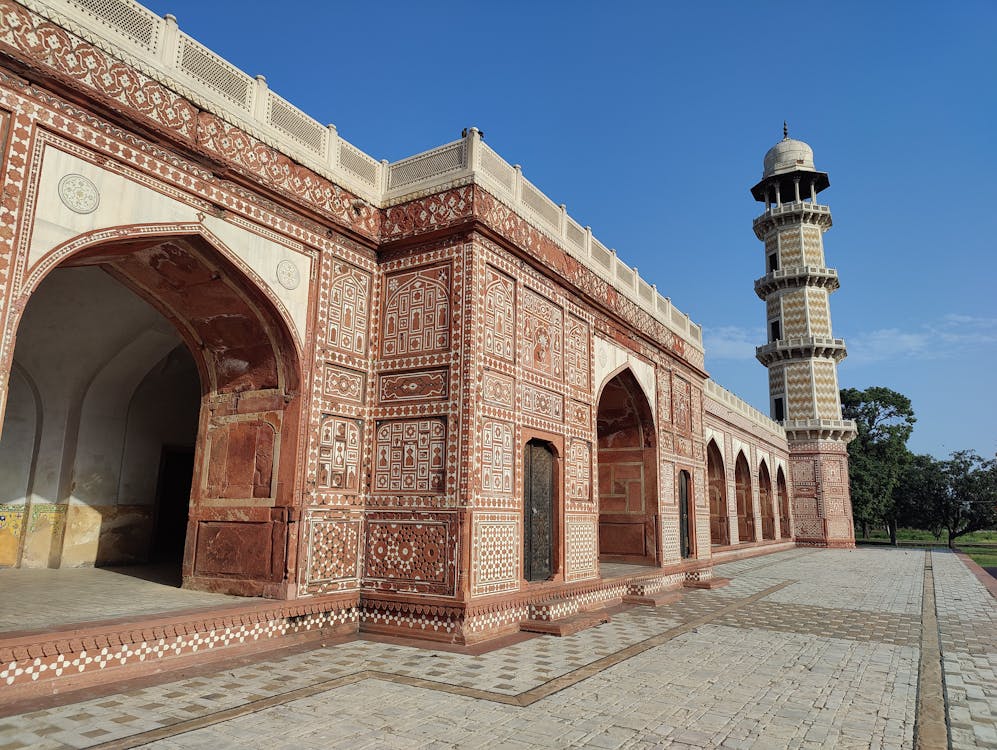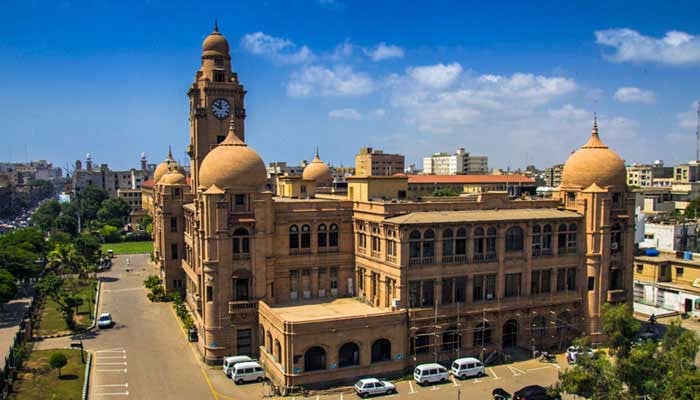Community Spaces and National Wellbeing
In every thriving city, beyond the concrete towers and bustling roads, there are spaces where people can breathe, connect, and create. These are the parks where children run free, the museums that preserve our stories, and the cultural centers that celebrate who we are. Together, they form the soft power of a nation, shaping how its people feel about their cities and how the world perceives its identity. Community spaces are more than just amenities. They are social glue, public classrooms, and sanctuaries in the chaos of urban life. A nation’s well-being can often be measured by how it treats its public spaces. In Pakistan, this conversation is becoming increasingly important as cities grow, vertical living expands, and people seek balance in fast-paced environments.
The Soft Power of Parks, Museums, and Cultural Centers
Think of New York’s Central Park, London’s British Museum, or Istanbul’s Hagia Sophia. These places are not only local treasures but also symbols of global cultural influence. They draw tourists, inspire art, and foster community belonging. In Pakistan, examples like Lahore’s Shalimar Gardens, Islamabad’s Lok Virsa Museum, and Karachi’s Frere Hall carry a similar magic. They tell our story, attract visitors, and most importantly, give citizens spaces to experience peace, beauty, and cultural pride. Soft power works quietly but effectively. A park does not directly change policy, yet it shapes healthier lifestyles. A museum may not feed the hungry, but it feeds minds and preserves identity. Cultural centers become bridges between generations and communities, encouraging dialogue and understanding.
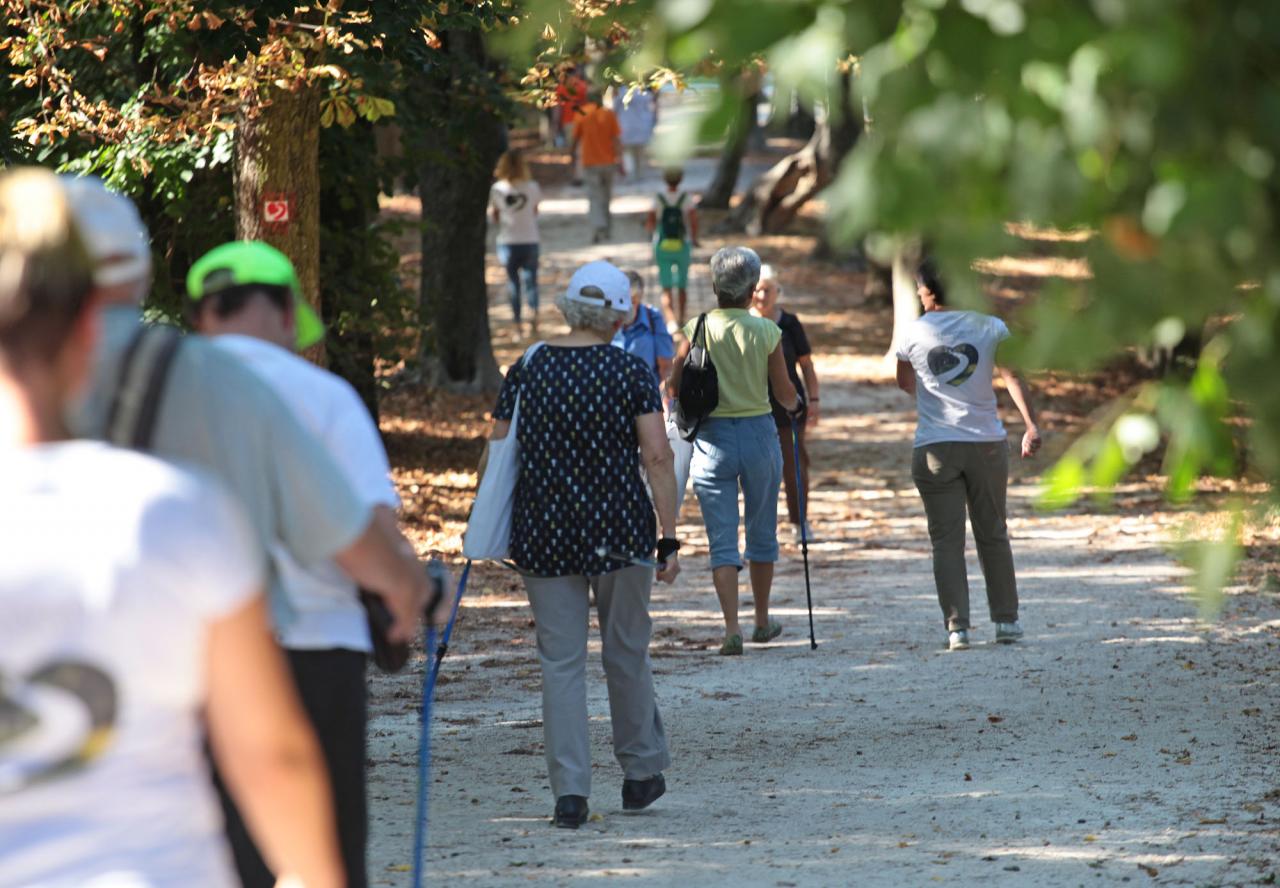
Why Community Spaces Matter for National Wellbeing
The benefits of well-designed public spaces go far beyond aesthetics:
- Physical Health: Parks encourage walking, sports, and outdoor activities, reducing lifestyle diseases.
- Mental Health: Green areas lower stress, improve mood, and boost creativity.
- Cultural Cohesion: Museums and cultural hubs keep traditions alive while inviting new interpretations.
- Economic Impact: Attractive community spaces increase property values and tourism revenue.
In short, they are investments with long-term returns, not just in money, but in human capital and social harmony.
Citadel 7: Wellness in a Commercial Landmark
While community spaces are often associated with public projects, forward-thinking commercial developments are beginning to embrace their value. Citadel 7, a landmark corporate tower in Islamabad, is a prime example. Though primarily a commercial hub, Citadel 7 integrates open terraces, shared lounges, and green elements into its design, providing tenants and visitors with more than just office space. These areas encourage informal conversations, creative brainstorming, and moments of calm during hectic workdays. This approach reflects a growing understanding in real estate: wellness drives productivity. By providing access to thoughtfully designed spaces, even within corporate settings, developers indirectly contribute to the mental health and satisfaction of the workforce. It’s a model that blends business needs with human needs, a balance every city should aim for.
Designing for the People in an Urban Future
As Pakistan’s cities expand both vertically and horizontally, urban planners and architects face a challenge: How do we ensure community spaces remain central to our growth story?
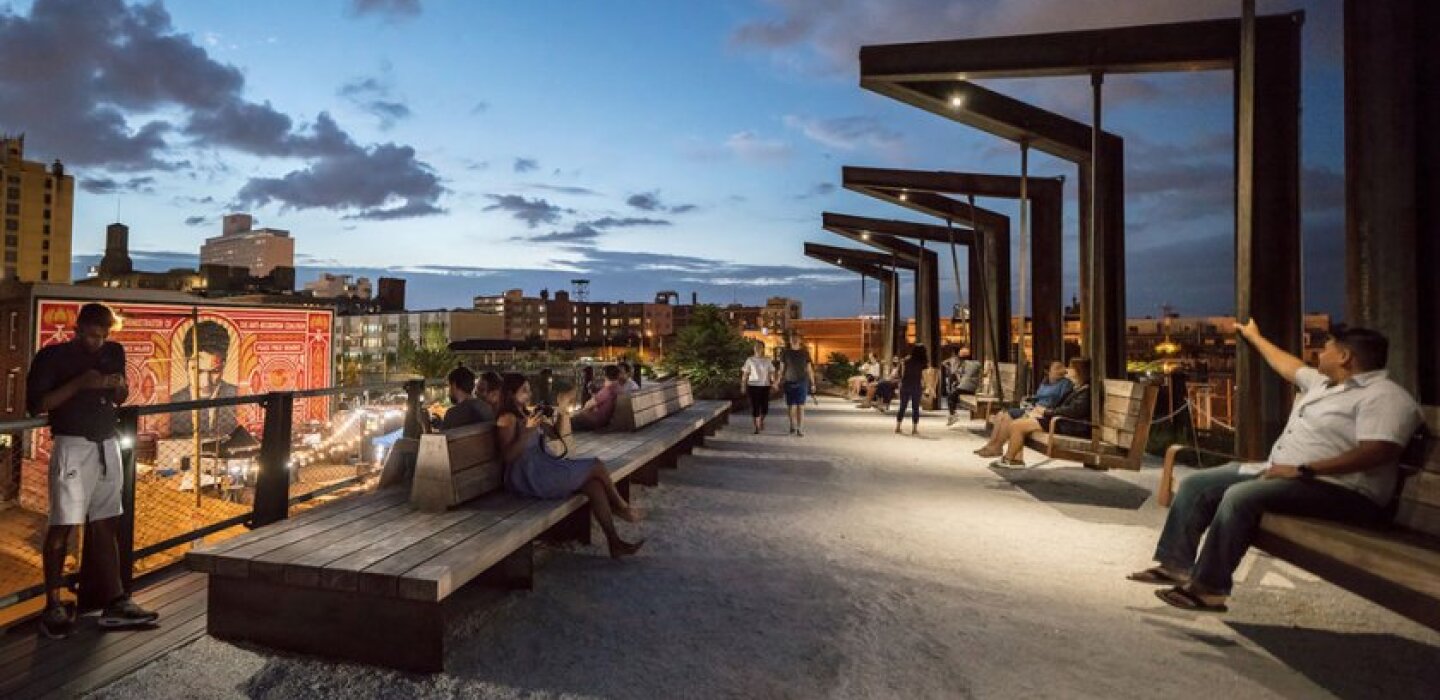
Here are three principles to guide this vision:
- Integration, Not Isolation: Public and private projects should integrate accessible green and cultural spaces rather than isolating them to select districts.
- Multi-Use Design: Spaces should serve multiple functions, like a plaza that hosts both weekday markets and weekend concerts.
- Local Identity: Incorporating cultural elements ensures spaces feel rooted in the community’s heritage while still embracing modern design.
If we can weave parks, museums, and cultural centers into the urban fabric, alongside commercial developments like Citadel 7, we can create cities that are both dynamic and deeply livable.
A Nation’s Character in Its Spaces
A nation’s buildings reflect its ambitions, but its public spaces reflect its soul. When a city invests in parks, museums, and cultural hubs, it signals care for its people, pride in its heritage, and confidence in its future. From a child’s first trip to the museum to an executive’s quiet coffee on Citadel 7’s terrace, these spaces shape how we live, connect, and dream. They remind us that a truly modern city is not just about faster roads and taller buildings; it’s about places where people feel they belong.
Well-Being at the Heart of Development with Chakor Ventures
The next chapter of Pakistan’s urban growth must be written with people at its center. Whether through national parks, heritage museums, or community-inspired commercial developments like Citadel 7 by Chakor Ventures, our cities can become healthier, happier, and more connected. Together, let’s create spaces that inspire pride, foster wellness, and drive progress because when we design for the people, we design for the nation’s future.

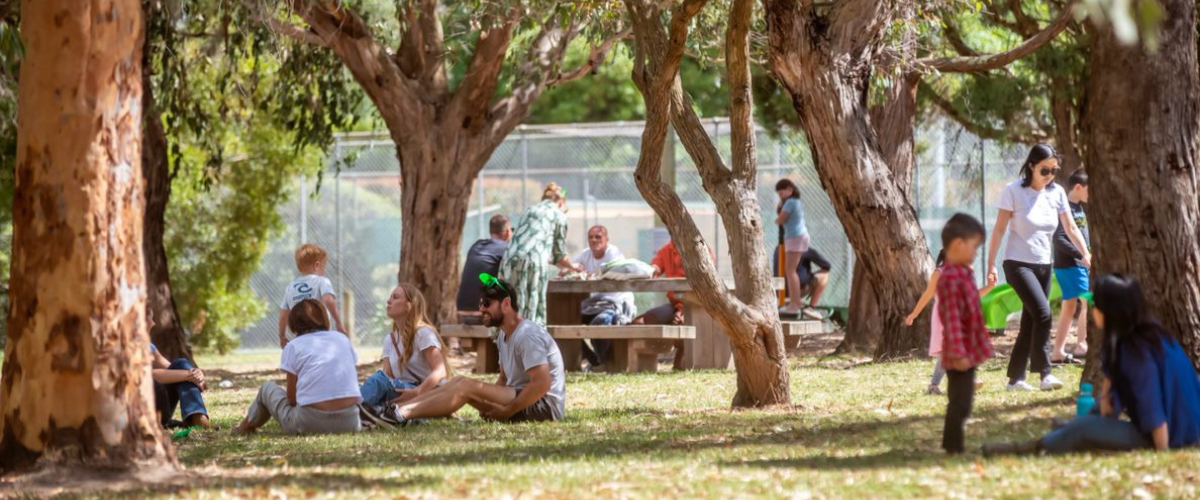
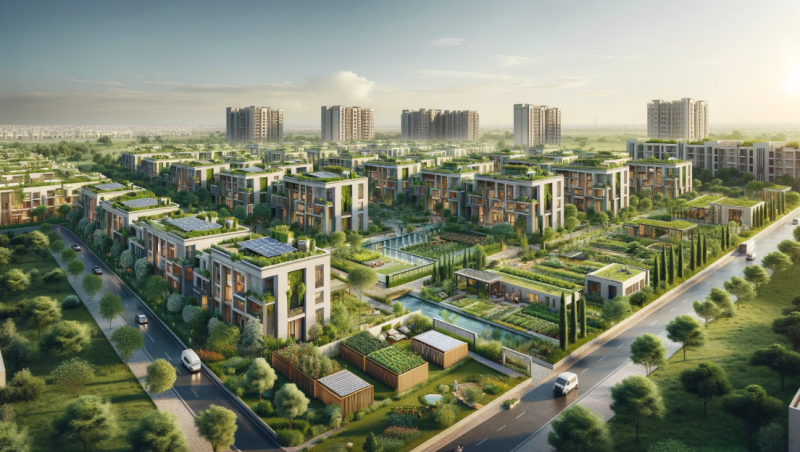
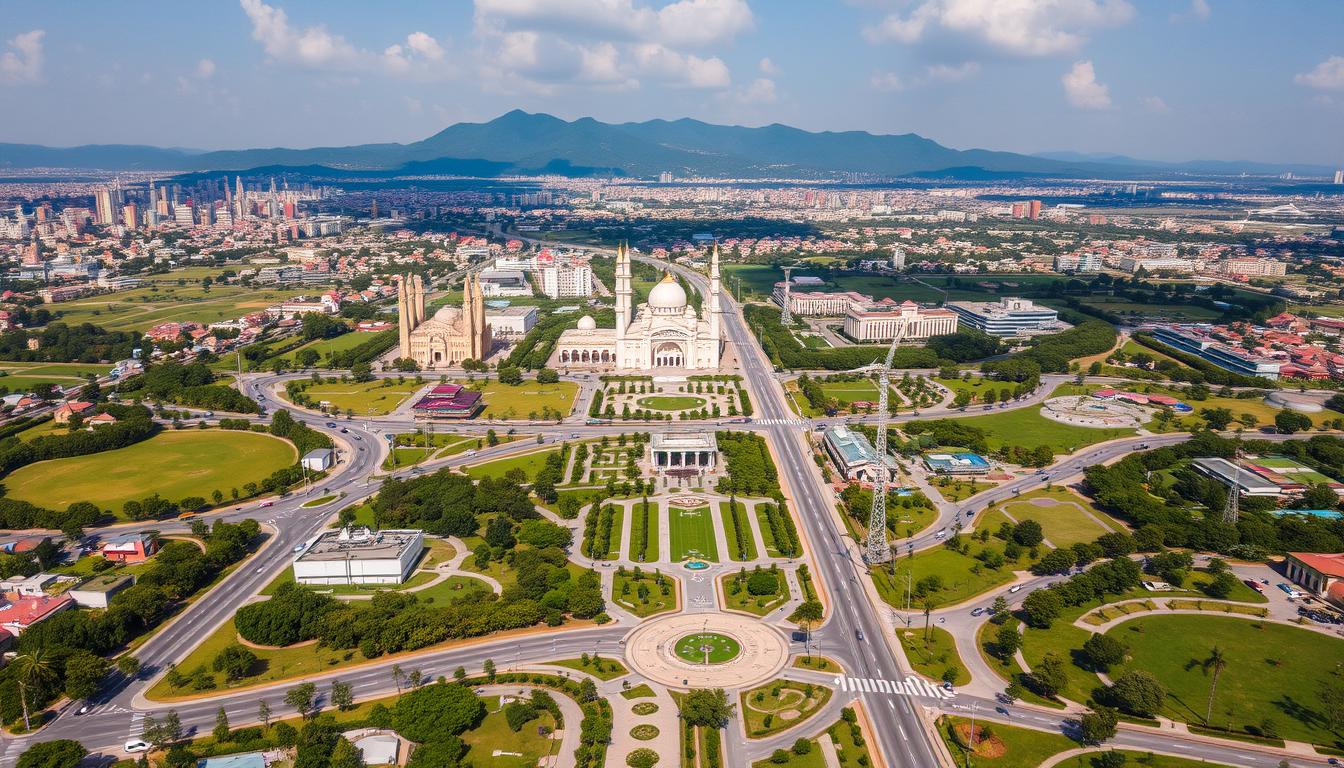
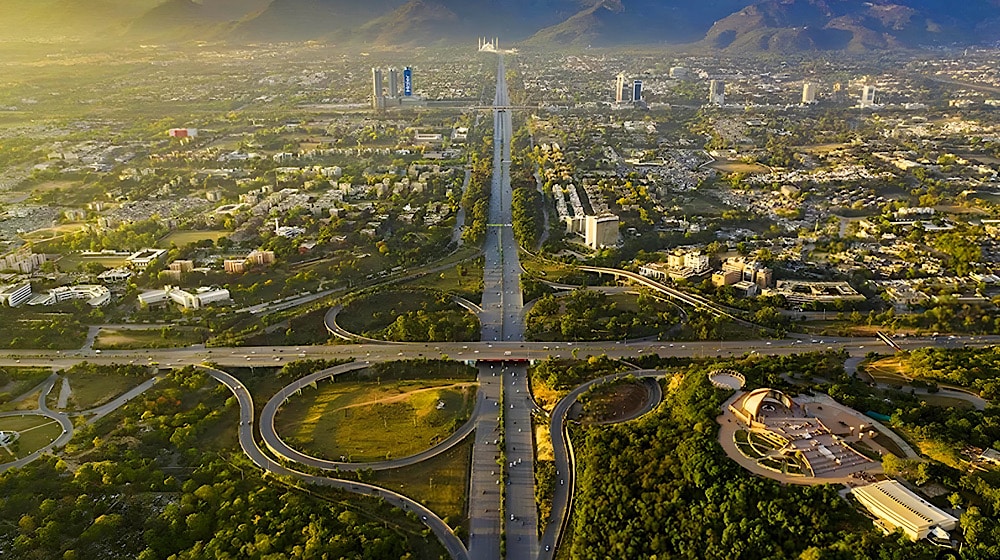
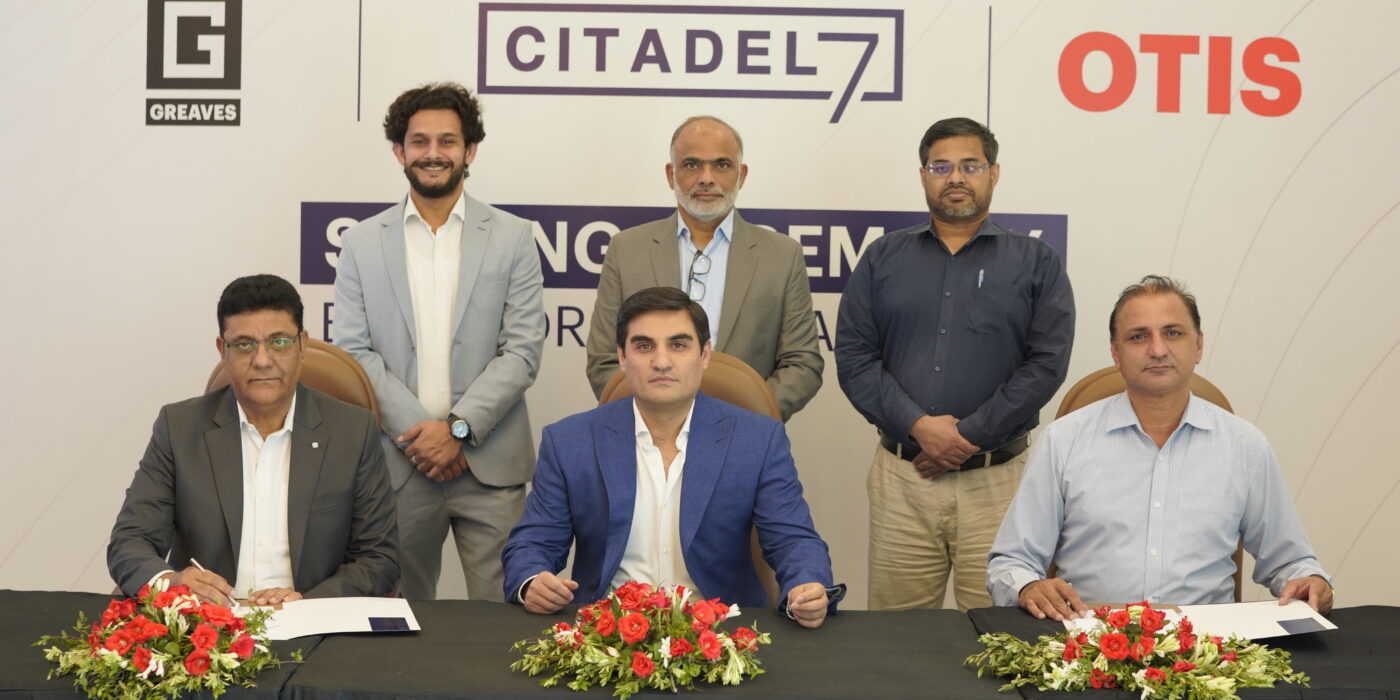
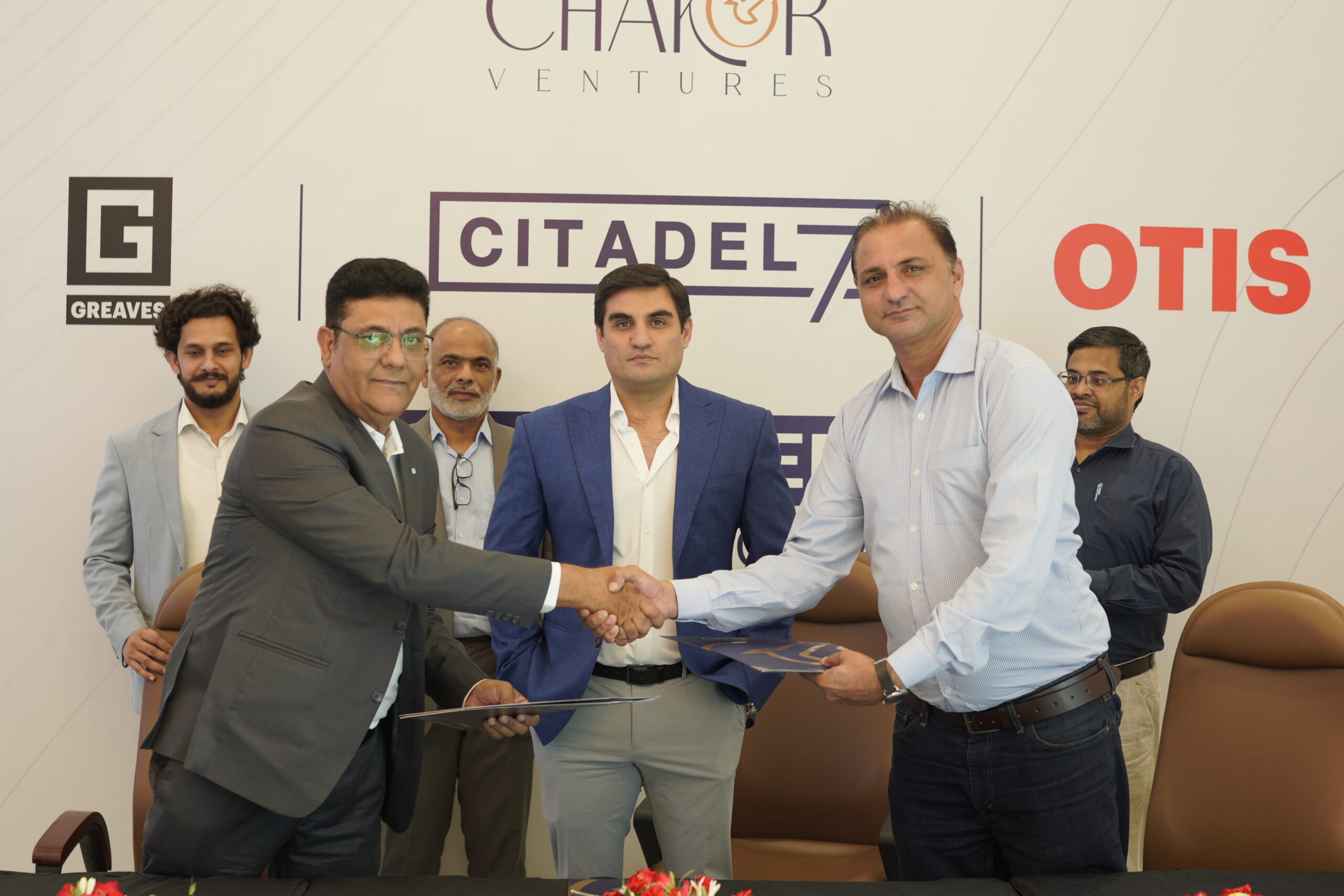
 For young architects, engineers, and real estate professionals, these partnerships open up opportunities to learn from global best practices and apply them within a local framework. The result? A new generation of professionals who think beyond borders while staying rooted in their own communities.
For young architects, engineers, and real estate professionals, these partnerships open up opportunities to learn from global best practices and apply them within a local framework. The result? A new generation of professionals who think beyond borders while staying rooted in their own communities.